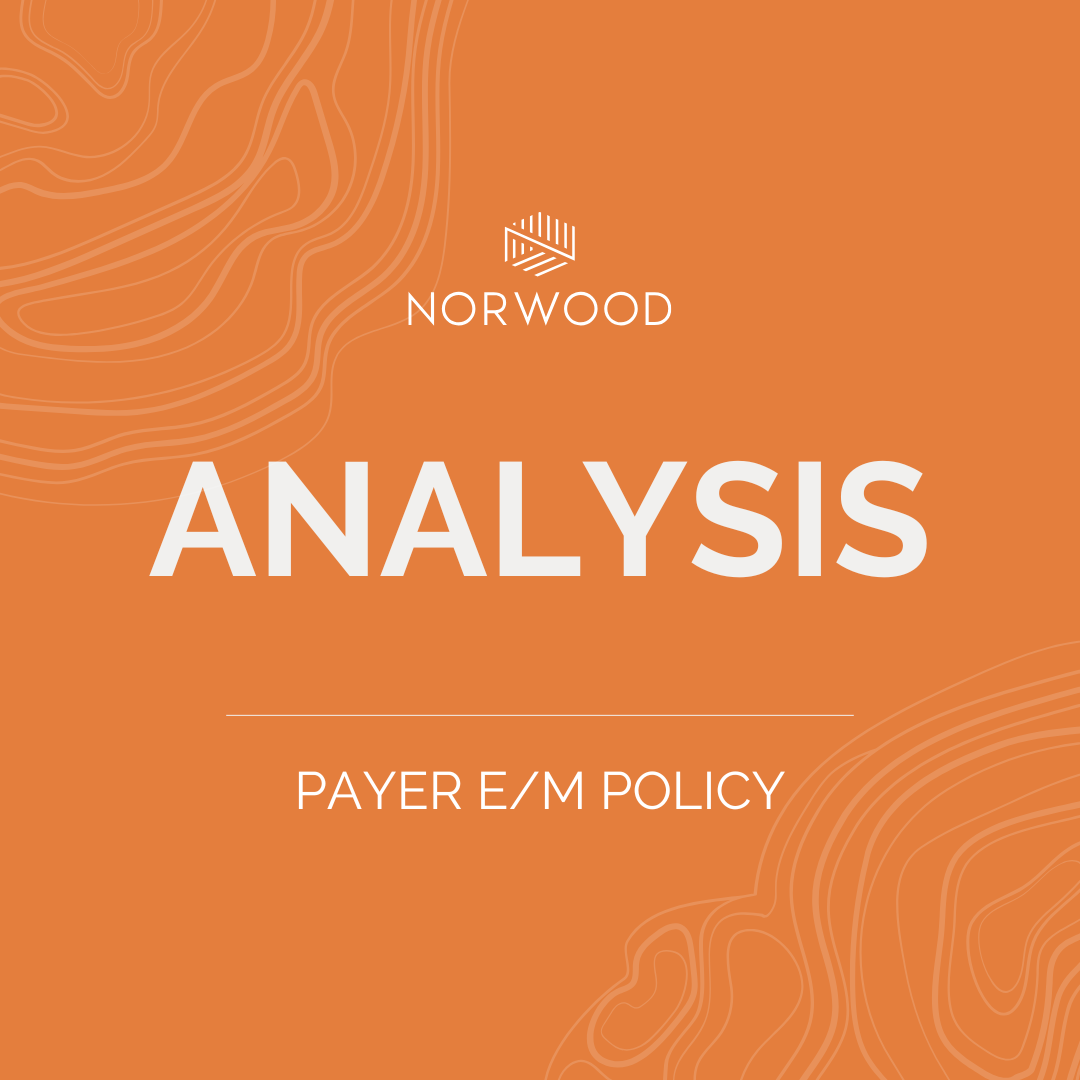Cigna auto-downgrade of high E/M levels a troubling start to new fiscal year

By Brian Murphy
Oct. 1 begins a new fiscal year and new rules and regs including the 2026 IPPS final rule and Official Guidelines for Coding and Reporting. But also a troublesome new E/M coverage policy by a major insurer that’s worth examining.
And not just because of its potential payment impact, but the precedent it sets.
Cigna’s “New Reimbursement Policy for Professional Evaluation and Management Services Claims effective October 1, 2025” (see link below):
- Applies to CPT E/M codes 99204-99205, 99214-99215, and 99244-99245
- Focuses on providers who have a consistent pattern of coding at a higher E/M level for routine services compared to their peers
- Uses “claim-based criteria as a screening mechanism to detect potential discrepancies between the expected and actual levels billed, examining relevant claim data, associated diagnoses, and any additional services rendered during the same encounter.”
- Post-screen, Cigna will then “promptly pay for a lower level of service.”
How they do his seems to be with automation/AI. I say this because impacted providers can dispute the downgrade, and if the record supports the original level of coding, the claim will be reimbursed at the original level. And if a provider repeatedly wins such appeals, he or she can bypass the policy altogether.
Why have this dispute process if the documentation supports a higher level? Because no human is reviewing.
This is quite problematic, even though Cigna says it will only impact about 3% of providers. Cigna is the nation’s 5th largest private payer and has a prior history of auto-downcoding.
I don’t like the idea of assuming guilt of those who fall outside of the bell curve; it potentially penalizes those taking the time to document better, educating themselves, hiring better coders for their practice, and so on. As well as those who don’t follow the herd and defensively code to some happy medium.
Of course, auditing agencies must use data to profile outliers. That’s how the OIG catches bad actors. Certainly healthcare fraud is very real; subscribe to the OIG listserve for your daily dose of email horror.
But, auditors who see problem patterns should always do the (admittedly hard, time consuming) work of auditing individual charts. Because big patterns of data tell might tell a truthful macroscopic story, but not the truth of any individual.
The real world has outliers. Some people perform better than others; some are rock stars. That is the nature of humanity.
The policy also sets a bad precedent. After reducing payments of 2-3% of providers, Cigna could in theory extend the policy to the top 20%.
This is a clear call to shore up diagnostic support and capture patient acuity. Diagnoses without support or cloned H&Ps won’t cut it, now but certainly not after Oct. 1.
As always would love to hear your thoughts and certainly would love to hear from anyone impacted by this new policy post implementation.
Reference
- “New Reimbursement Policy for Professional Evaluation and Management Services Claims effective October 1, 2025” https://providernewsroom.com/cigna-healthcare/new-reimbursement-policy-for-professional-evaluation-and-management-services-claims-effective-october-1-2025/
Related News & Insights
Retiring, But Not Quietly: Fran Jurcak on Tech, Tenacity, and CDI Truths
Listen to the podcast here. If you’ve been in the CDI space for any length of time…
ACDIS CDI Industry Overview Survey: Norwood analysis reveals denials blind spots, OP CDI sluggishness
75% of CDI leaders don’t know their denial rate. That should scare every CFO. The ACDIS CDI…


